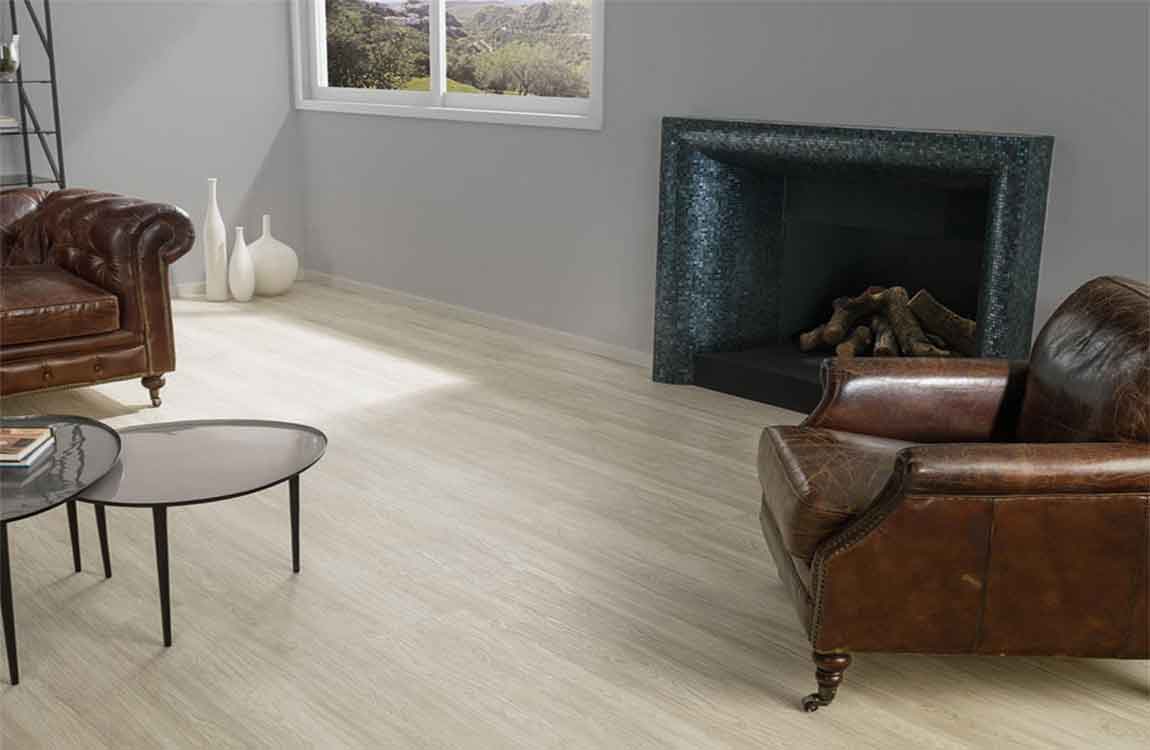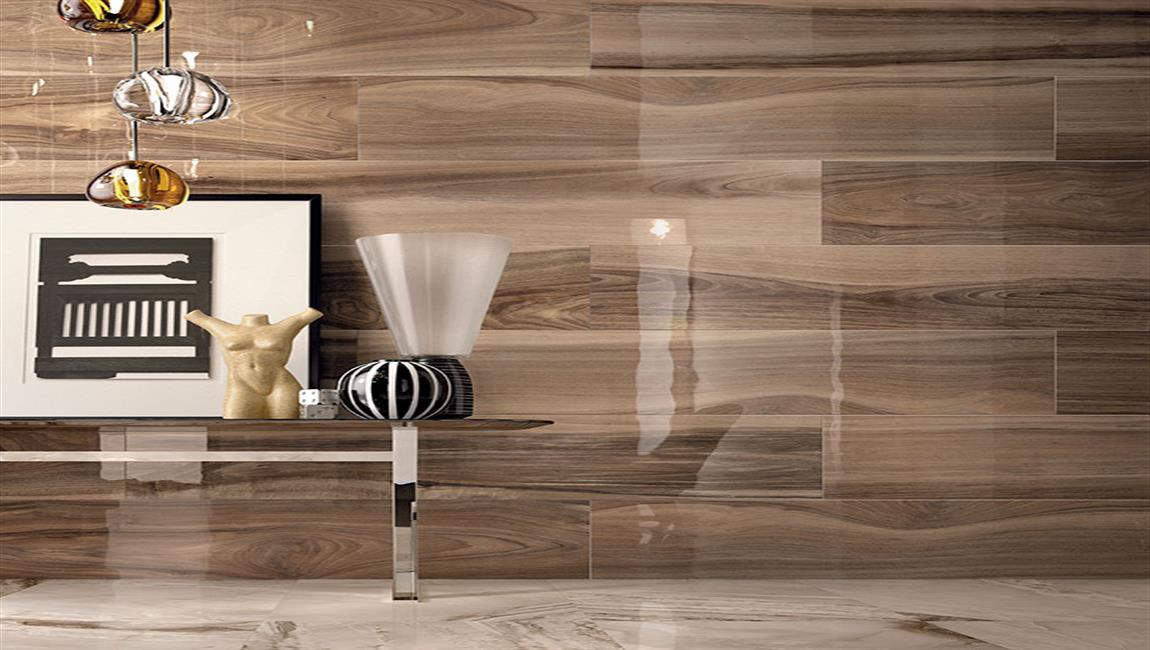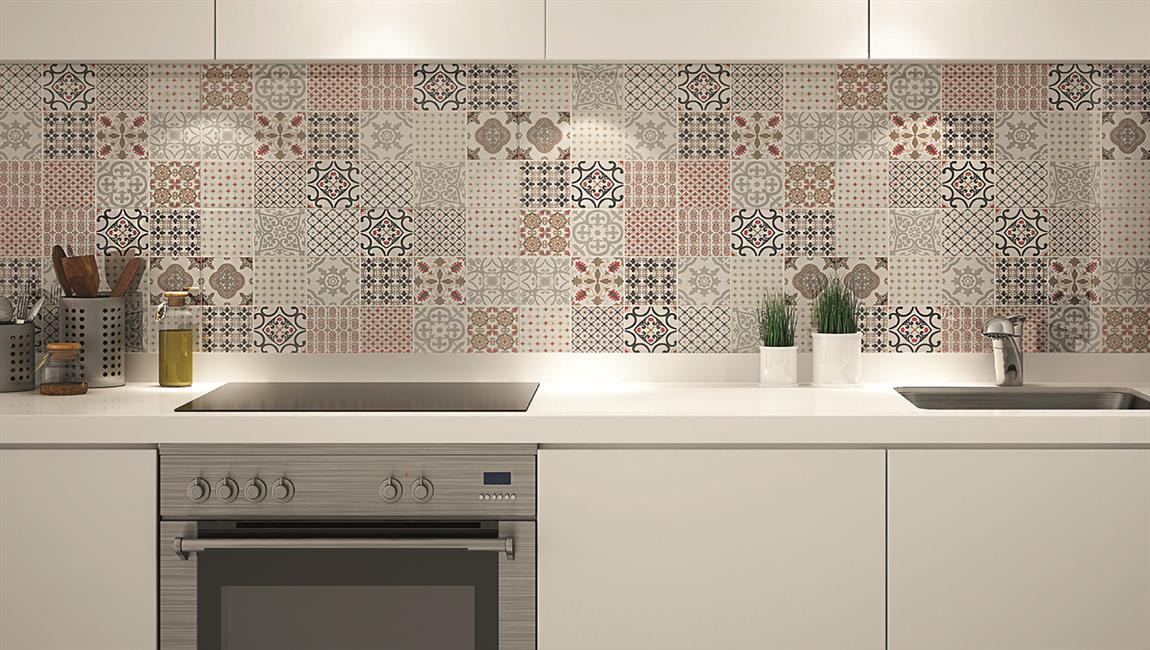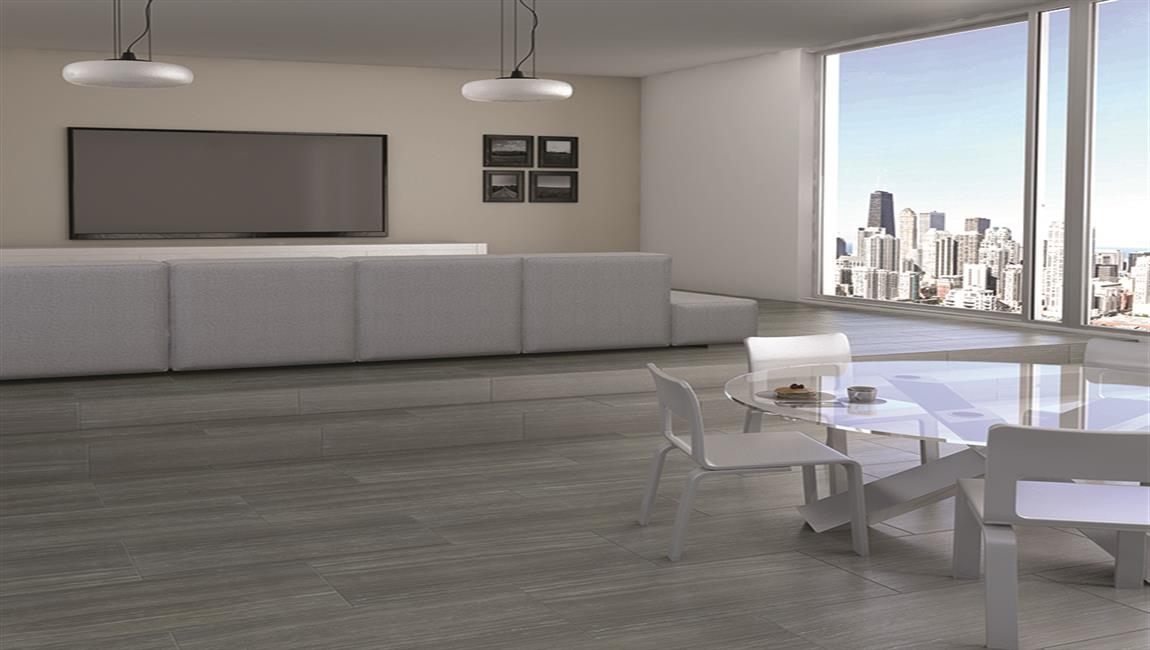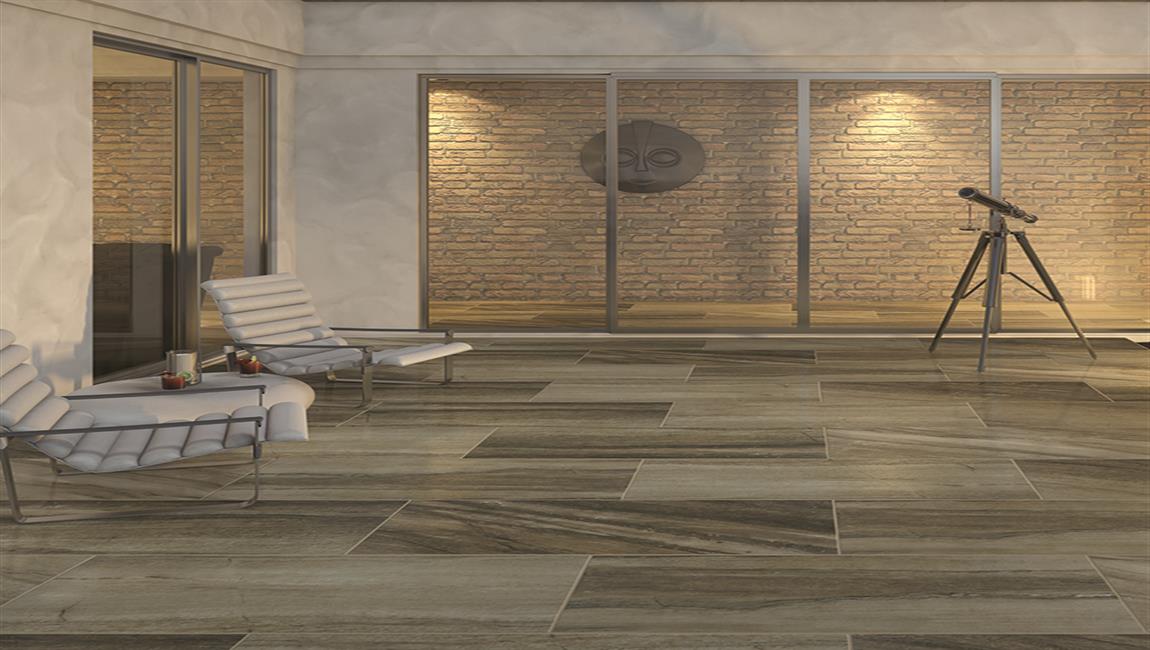Applying a Peel-and-Stick Tile Backsplash
Gather your supplies. You will need to have your peel-and-stick tiles prepared, a tile cutter or utility knife, and level. Pretty basic, huh? If you tiles are not stuck together on sheets, you may also need spacers to make sure they are all evenly spread. Clean your walls. The sticky backings of your tiles can’t adhere to walls if they are dusty or greasy.
Use a damp rag to completely wipe down walls, and then let them dry completely. Measure your space. It is important to make sure you get a good measurement so you know exactly what size you should cut your tiles. Choose a stopping point, either directly below your cabinets or at an arbitrary point on the wall.
Make sure that you have enough tiles to fill the measured space, as well as a few extras for precaution. Use a level and straight edge to mark your stopping point along the wall. Stick your tiles to the wall. Peel the backing off the tiles, and stick them to your desired location. Always start from the bottom center of the wall and work your way out.
Firmly press the tiles each time you stick them to the wall, to make sure they are firmly adhered. Hold a straight edge or level to the sides of your tile as your press, to make sure that they don’t shift out of alignment. Finish attaching tiles. Work your way across the wall, until the entirety of your desired space is filled up. Cut any pieces to fit outlet holes or edges and corners before you attach them to the wall.
Enjoy your new tile backsplash. To keep it looking its best, wipe the backsplash clean with water or a generic kitchen cleaner occasionally. Enjoy your new tile backsplash! Once you have completed all the installation steps, managing your new backsplash is easy. Wipe it down occasionally with a generic kitchen or glass cleaner to keep your backsplash looking its best.



